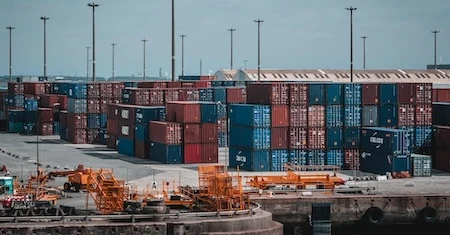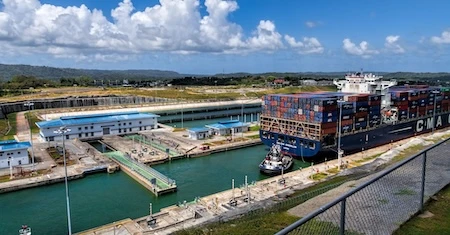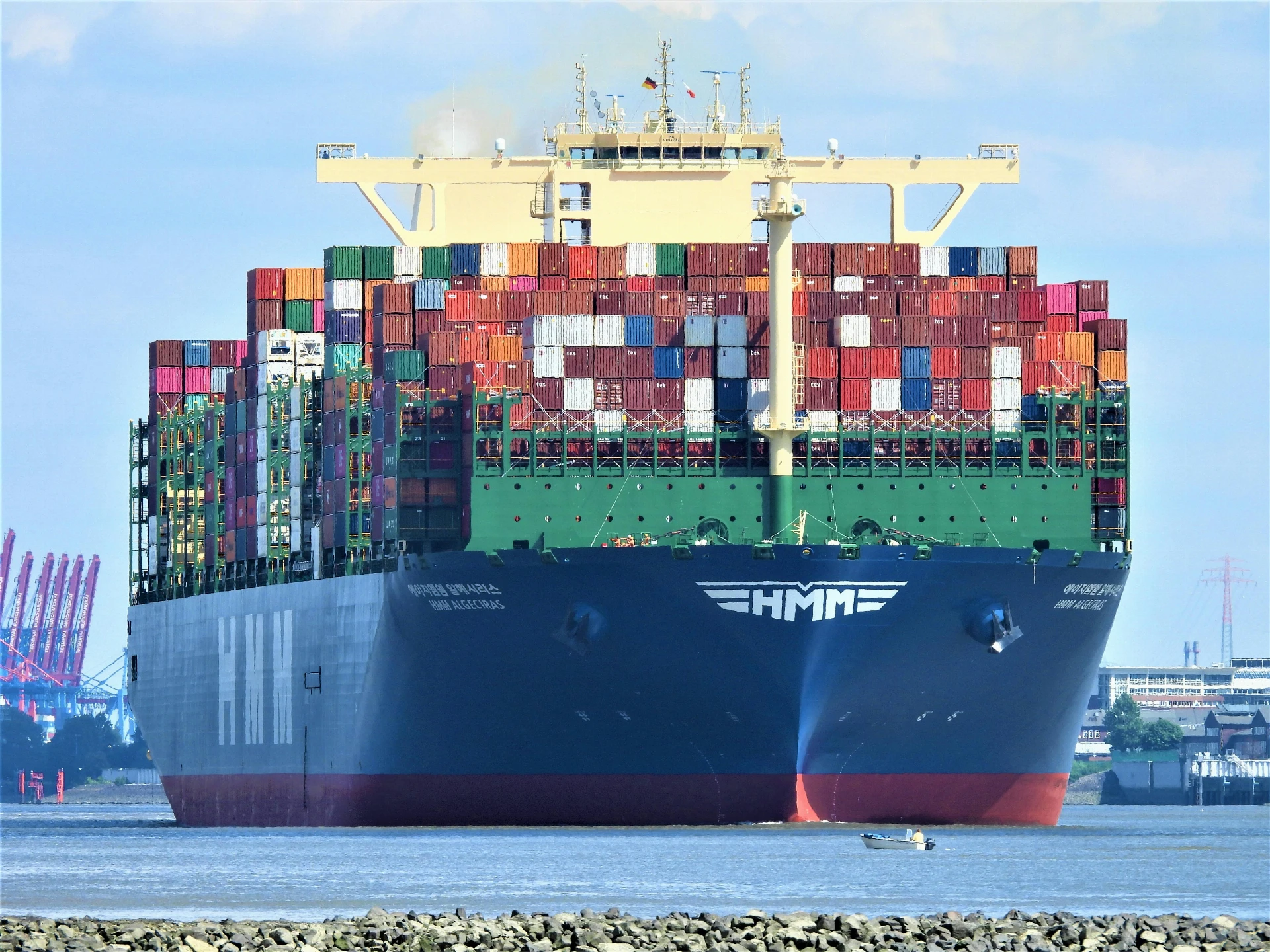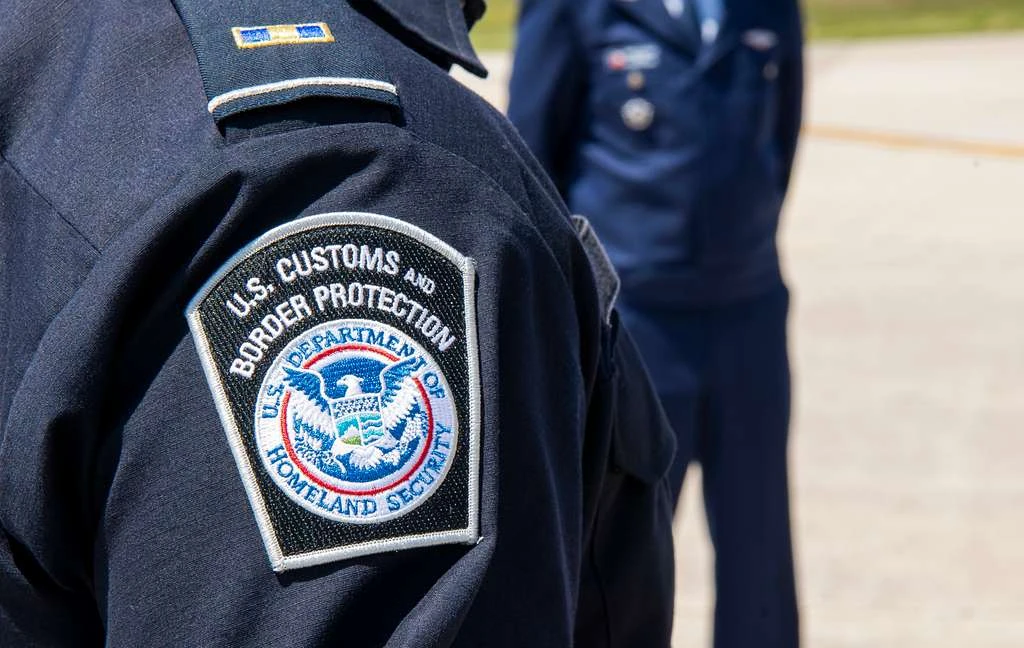

Update 10/3/2023: The ILA strike - for now - appears to be over at least until January.
"Effective immediately, all current job actions will cease and all work covered by the Master Contract will resume," the ILA and USMX said in a joint statement Thursday evening.
The tentative agreement would increase workers’ wages by 62% over the life of the 6-year contract.
On October 1st, 2024 the International Longshoremen’s Association (ILA), representing over 45,000 dockworkers, officially launched a strike at 36 ports along the East Coast and Gulf Coast of the United States. The strike began at midnight on October 1, 2024, after negotiations between the ILA and the United States Maritime Alliance (USMX) failed to produce an agreement.
The ILA, the largest union of maritime workers on the U.S. East Coast, represents longshoremen working at ports from Maine to Texas. The USMX, the organization representing shipping companies and port operators, has been negotiating with the ILA for several months to reach a new labor contract after the previous six-year master agreement expired.
The strike emerged from two separate issues: wage increases and the growing concern over automation at U.S. ports. The ILA is demanding a significant pay raise, citing inflation and the record profits made by shipping companies during the pandemic. The union is also pushing for strong protections against automation, which they believe threatens job security for dockworkers. The USMX, while offering wage increases and some limitations on automation, has not met the ILA’s demands for a complete ban on automation.
Reports and estimates have varied between sources regarding the dollar-amount impact of the strikes but all agree that the strikes will cause significant disruptions to the U.S. supply chain, especially if it extends beyond a few weeks.
At this time, both President Biden and former President Trump have come out with support for the ILA, further adding to the sentiment that the strike will not end quickly.
Of the 36 U.S. ports across the U.S east coast and U.S. gulf region, the following ports are expected to be most affected by the strike:
Port of Boston, Massachusetts
Port Authority of New York and New Jersey, New York & New Jersey
Port of Philadelphia, Pennsylvania
Port of Baltimore, Maryland
Port of Virginia (Norfolk), Virginia
Port of Wilmington, Delaware
Port of Morehead City, North Carolina
Port of Wilmington, North Carolina
Port of Charleston, South Carolina
Port of Savannah, Georgia
Port of Brunswick, Georgia
Port Everglades, Florida
Port Miami, Florida
Port of Tampa, Florida
Port of Mobile, Alabama
Port of New Orleans, Louisiana
Port of Lake Charles, Louisiana
Port of Houston, Texas
The remaining ports, below, are reported to be minimally affected if at all by the strikes for a number of reasons including goods handled, services provided and lower amounts of ILA unionized personnel:
Port of Panama City, Florida
Port of Gulfport, Mississippi
Port of Texas City, Texas
Port of Freeport, Texas
Port of Beaumont, Texas
Port of Port Arthur, Texas
Port of Pensacola, Florida
Port of St. Petersburg, Florida
Port of Fort Pierce, Florida
Port of West Palm Beach, Florida
Freight Right has begun advising and diverting cargo for our customers from affected ports to Port of Los Angeles and Port of Long Beach from around August, anticipating the strike would happen. We are now starting to see port turnaround times get longer in Port of Los Angeles and Port of Long Beach. Our hope is that being at the end of the peak season and the season being overall subdued due to economic conditions, the disruption may be somewhat limited.
Both Port of Long Beach and Port of Los Angeles are forecasting a significant spike the week of 10/13/2024, up around 45% from this week, the week of 9/30/2024. However, Port of Long Beach's forecast shows regular volumes after that week. POLA does not show the forecast past 10/13 yet.
During this disruption, Freight Right is taking every step possible to help our customers navigate alternative routes, alternative modes of transportation and strategize the most effective & efficient way to get customer’s freight to its destination.

Rising COVID cases partially closes down one of the world's busiest ports, what does that mean for freight?

The Panama canal is experiencing lower water levels as a result of a drought exacerbated by El Nino. The results of this drought have implications for all sizes of shippers around the world but particularly for small to medium sized shippers that are in a

Freight Right can help you with PACT Act compliant international shipments of your e-cigarette and vape products.

Founder & CEO of Freight Right Global Logistics, Robert Khachatryan, sat down with Tuck Ly, Vice President of Clearpoint International, to discuss the major issues affecting the global supply chain and port congestion

Ongoing trade tensions between the United States and China continue to be the defining story of the 2019 global economy. What started off as an ongoing dialogue about the economic relationship between the two largest economies in the world has transformed

The United States-Mexico-Canada Trade Agreement (USMCA) Replaces the North American Free Trade Agreement (NAFTA)

Based on the latest insights from the 2025 National Trade Estimate Report, here’s a practical breakdown of the most pressing trade challenges across the United States’ top 10 goods trading partners.

This blog explores digital air freight and how e-bookings provide a more efficient and faster way for logistics professionals to make connections.

US government announces executive order aimed at stopping de minimis imports. See what will and won't change for US importers.

What kinds of weather have the biggest impact on trucking? How should shippers plan?